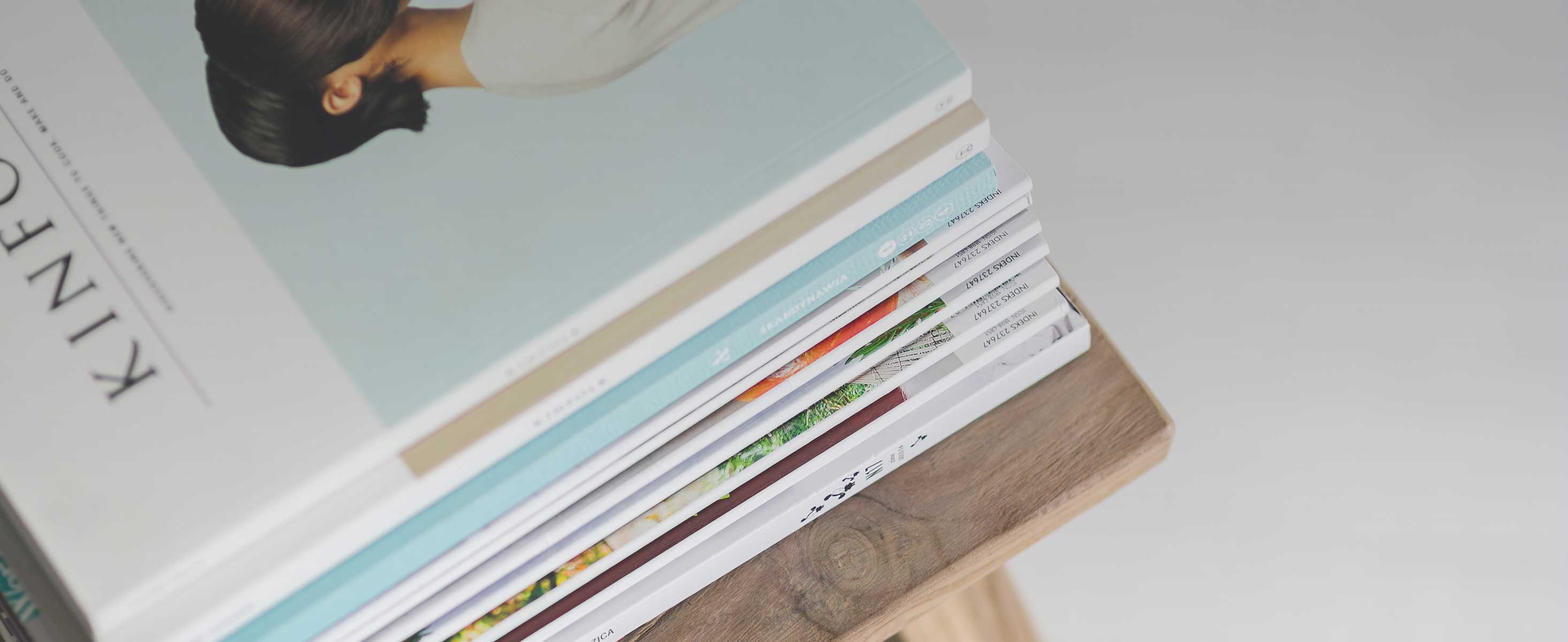
4 minute read
Festivals of the Indian diaspora
From the editor’s desk
Strengthening the tapestry of Australian multiculturalism
The sounds of drums, the colours of sarees, and the aroma of traditional Indian cuisine are progressively blending into the cultural landscape of every part of Australia, from the busy streets of Melbourne to the serene suburbs of Perth and Brisbane. In addition to residing in Australia, the Indian community—one of the fastestgrowing diaspora groups in the nation—is actively enhancing its social and cultural landscape.
Festivals are frequently described as occasions of shared joy, remembrance, and belonging rather than merely being ceremonial events. It is more than just nostalgia for Indians in Australia to celebrate holidays like Diwali, Holi, Onam, Durga Puja, Baisakhi, and Ganesh Chaturthi. It is about giving a gift to the country's multicultural ethos by incorporating their customs into the larger Australian narrative.
To see how lively these events have become, one only needs to attend an Onam festival in Canberra or a Diwali mela in Sydney. Grandparents recite mythological and historical tales, community volunteers prepare elaborate traditional meals to be shared by all, and young children born and raised in Australia perform classical dances at these events. These gatherings are not limited to Indians; Australians from a variety of cultural backgrounds also attend out of curiosity about another culture and frequently depart with a greater appreciation for the hospitality and camaraderie they experience.
In Australia, multiculturalism has always been about acknowledgement and respect, but it only works when people are open to sharing. The generosity of the Indian diaspora is remarkable. Instead of being exclusive events for the community, their celebrations are open invitations for everyone to participate, learn, and celebrate diversity. For example, Diwali is now celebrated with lights throughout Federation Square in Melbourne and even in Parliament House in Canberra, proving that it is no longer limited to community halls. These occasions convey a strong message: Indian customs are part of Australia's cultural calendar and not just the diaspora.
How these celebrations strengthen ties between generations within the diaspora itself is equally significant. Through the songs, dances, and customs of these festivals, many Indian Australians of the second and third generations who might otherwise feel cut off from their roots rediscover who they are. Being proud Australians with strong ties to their Indian heritage gives them a sense of dual belonging. This identity blending boosts the diaspora's self-esteem and enables them to proudly and clearly contribute to Australia's cultural life.
Additionally, these festivities serve as diplomatic and amicable bridges. Not only do Australian leaders, ranging from federal ministers to local mayors, participate in Indian festivals, but they also recognise the contributions made by the Indian community to the country. They build relationships of trust and respect that go far beyond token acts by lighting lamps, tasting Indian food, standing on stage, and expressing gratitude. At the national level, the India-Australia partnership is strengthened by the interpersonal relationships created by this grassroots cultural diplomacy.
Festivals are not without their difficulties, of course. For community associations, planning sizable events, handling logistics, and guaranteeing inclusivity can be challenging. Nevertheless, volunteers consistently show up with unwavering commitment. Making sure that future generations understand who they are, where they're from, and how they can fully belong in two worlds is the goal of the endeavour, not just organising an event.
The human element is what makes these celebrations truly lovely. These are places where an elderly woman wearing a silk saree can smile at an Australian neighbour who is trying Indian sweets for the first time. These are times when familiar rituals can provide solace to university students who are away from home. Children can learn from these platforms that diversity is something to be joyfully embraced rather than something to be feared.
The colourful festivals celebrated by the Indian community in Australia serve as a reminder of a different story—one of unity in diversity—in a world where intolerance and division frequently make headlines. They tell us that cultural fusion leads to enrichment rather than dilution.
The Indian diaspora is playing a bigger and bigger role as Australia develops as a multicultural country. In addition to conserving their culture, they are enhancing Australia's identity with their festivals. The colours of Holi, the sounds of Carnatic music, the Diwali diya lamps, and the flavours of Kerala's Onam sadhya are all now as much a part of Australia as they are of India. Indian Australians are making a subtle but significant statement by openly and proudly celebrating their festivals: multiculturalism is a lived reality, not a policy. And the richness of a genuinely shared future is revealed in these festivities, no matter how small.










